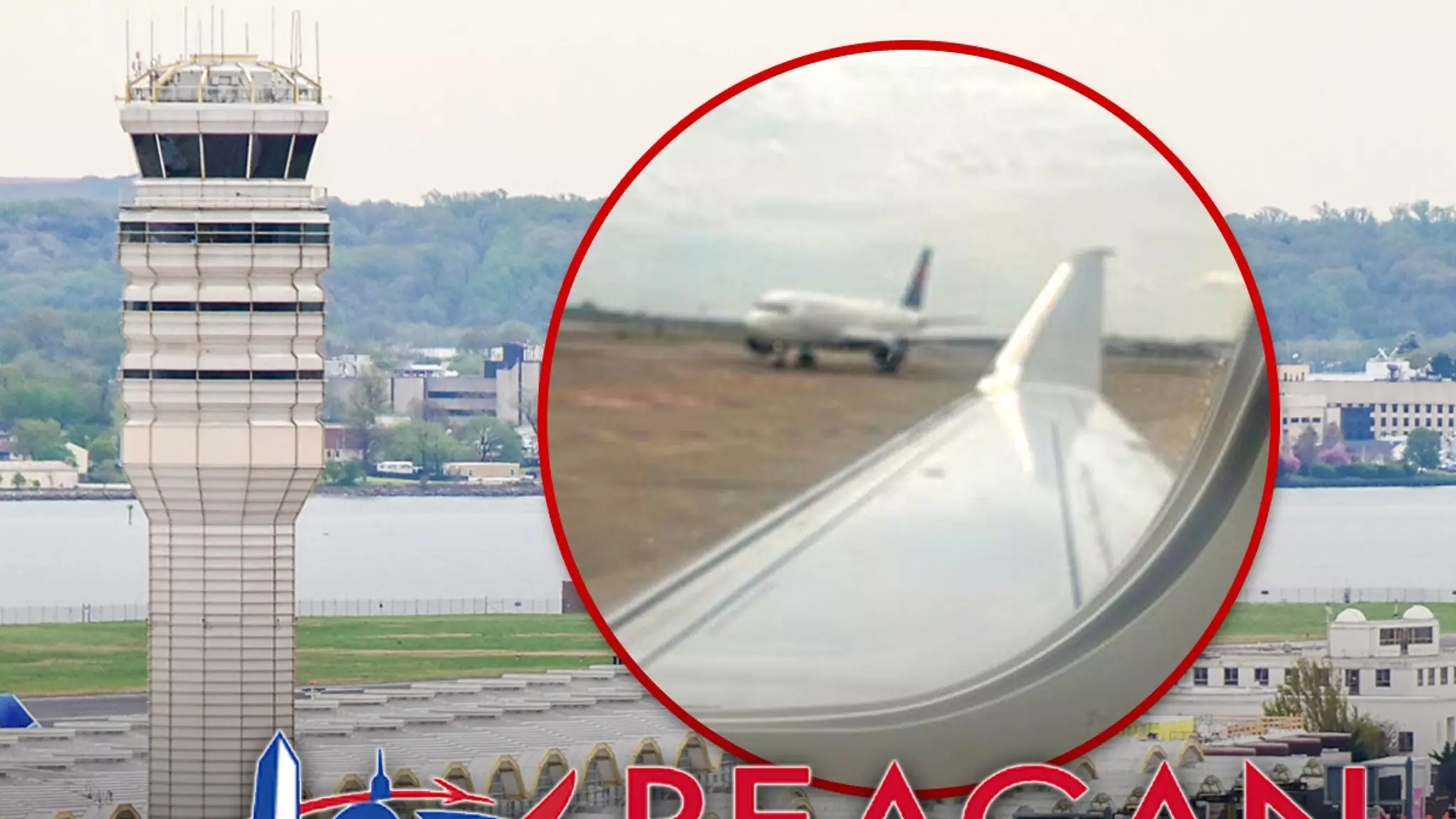Recent events have thrust air travel safety back into the spotlight, particularly at Washington, D.C.’s Reagan National Airport (DCA). A significant incident recently unfolded when a couple of Congress members reported their plane nearly collided with another commercial jet while it was on the tarmac. This scenario is alarming not only because of its occurrence but also due to its implications for the broader air travel safety landscape. With three lawmakers on the same flight experiencing this close call, it raises vital questions about the efficacy and reliability of our current air traffic control systems.
Accountability and Responsibility: Who’s to Blame?
Representatives Josh Gottheimer and Nick LaLota shared their shared experience of having another aircraft bump into their stationary plane. While all passengers emerged unharmed, the incident reverberates with a sense of unease for frequent flyers. Congressional frustrations voiced by the involved lawmakers point toward cuts at the Federal Aviation Administration (FAA) as potential culprits. The dialogue shifts to whether these budgetary reductions contribute to a deteriorating safety environment in our skies.
Gottheimer and LaLota are not alone in their frustrations, as many industry veterans maintain that neglecting air traffic management resources can lay the groundwork for more significant safety issues. After all, the same airport previously witnessed a Blackhawk helicopter crashing into an American Airlines jet, magnifying fears associated with ongoing air traffic control challenges.
Statistics and the Reality of Close Calls
While the aviation industry remains one of the safest modes of transportation, unsettling incidents such as these can skew public perception. The notion of “close calls” increasingly seems less like an anomaly and more like a consistent warning signal that should be taken seriously. These occurrences, whether due to miscommunication between ground control and pilots or infrastructural inadequacies, cast a shadow over the image of air travel as a secure venture.
Former pilots have lamented that cutbacks in aviation staff exacerbate these risks. With air traffic controllers shouldering immense responsibility, understaffed teams and reduced funding can pose real threats. As the volume of flights continues to rise, the gap between demand and air traffic management capabilities is becoming more evident.
Public Confidence and Future Solutions
What remains at stake is public confidence in air travel in light of such incidents. An immediate discussion is necessary regarding aviation infrastructure and the prioritization of funding for safety measures. The implications of complacency in managing air traffic cannot be overstated; after all, many lives are in the balance.
Beyond merely maintaining the status quo, what we need is an aggressive overhaul of regulations and resources pertaining to air traffic control. Industry leaders and government officials must conduct thorough assessments of current systems and identify areas of vulnerability. It is critical to encase discussions of safety within strategic plans for allocation that prioritize the essential workforce behind our air traffic control system.
The skies should exist as a sanctuary for travelers, not a dance with danger. It is time for proactive measures to ensure air travel remains the reliable choice we all rely on. As the conversation surrounding aviation safety continues, we must insist on moving forward, demanding improvements that align with our collective expectation for security above all else.

